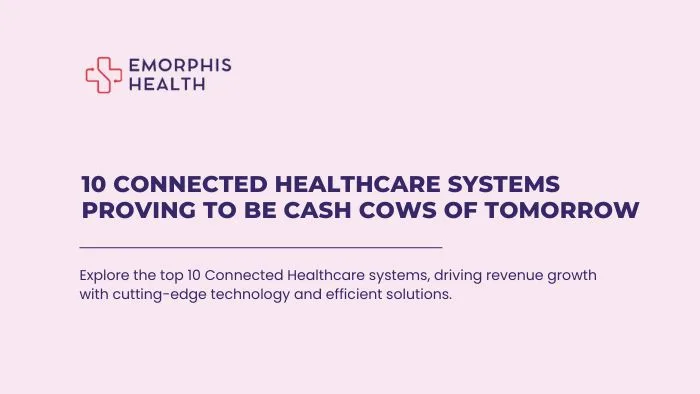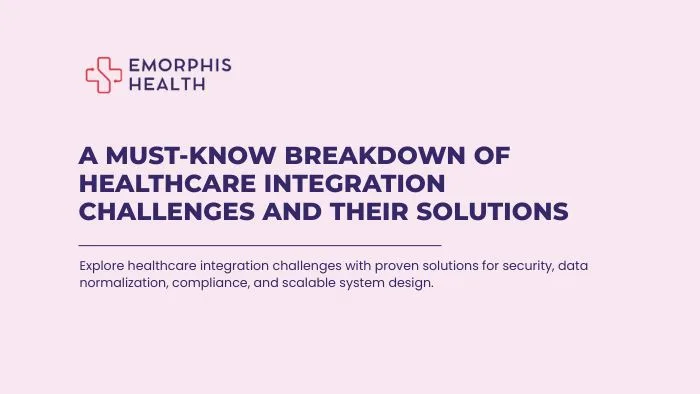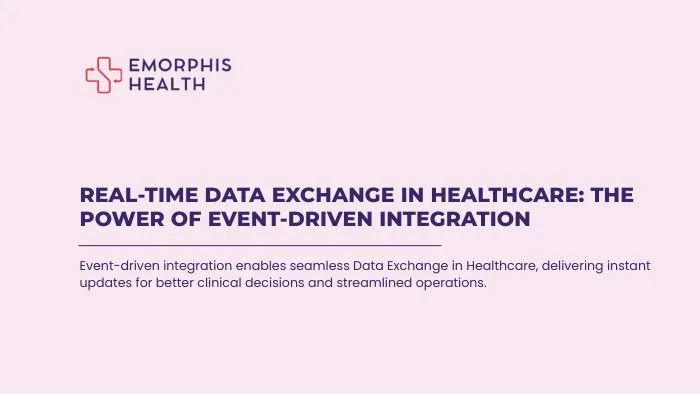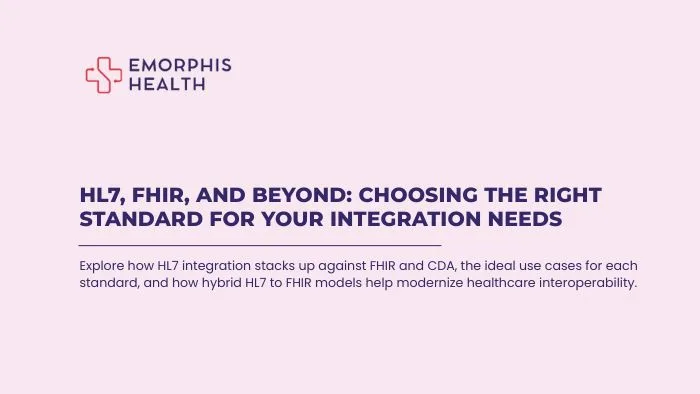Introduction to Connected Healthcare Systems
See Contents
- 1 Introduction to Connected Healthcare Systems
- 2 1. Telehealth Platforms: Revolutionizing Access to Care
- 3 2. Remote Patient Monitoring: Keeping Care at Your Fingertips
- 4 3. EHR Integration: Unifying Patient Data for Superior Care
- 5 4. Mobile Health Apps: Empowering Patients with Technology
- 6 5. Health Information Exchanges: The Key to Seamless Data Sharing
- 7 6. Wearable Health Devices: Monitoring Health on the Go
- 8 7. Digital Therapeutics: The Future of Evidence-Based Treatment
- 9 8. Artificial Intelligence: The Future of Healthcare Insights
- 10 9. Value-Based Care: A Paradigm Shift in Healthcare Delivery
- 11 10. Cloud-Based Solutions: The Future of Healthcare Data Management
- 12 Key Challenges in Connected Healthcare Systems and Its Solutions
- 13 Conclusion
In today’s rapidly evolving healthcare landscape, connected healthcare systems are driving a transformative shift in service delivery and patient experience. These innovative systems integrate technology into healthcare processes, fostering seamless communication and enhancing the quality of care. As healthcare continues to advance, understanding the dynamics of connected healthcare becomes essential for organizations aiming to stay competitive and responsive to patient needs.

At the heart of connected healthcare are digital solutions such as telehealth platforms, remote patient monitoring, mobile health applications, and wearable devices. These technologies facilitate real-time data sharing between patients and healthcare providers, enabling more personalized and proactive care. By leveraging these systems, healthcare organizations can enhance operational efficiency, streamline workflows, and ultimately improve patient outcomes. 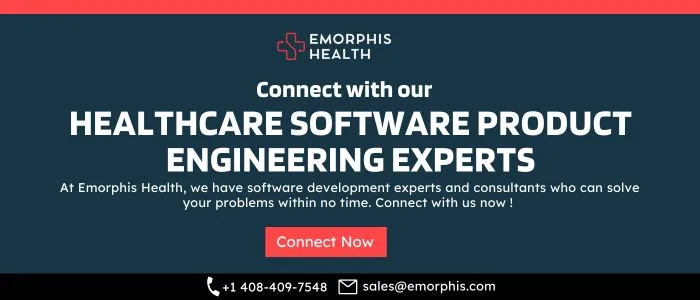
The financial implications of this transformation are significant. According to a report from Research and Markets, the global connected health and wellness solutions market is projected to reach an impressive $104.8 billion by 2027. This anticipated growth is driven by various factors, including an aging population, rising healthcare costs, and an increasing emphasis on preventive care. As organizations navigate this evolving landscape, there are ample opportunities to innovate and capitalize on emerging trends.


This exploration will highlight 10 connected healthcare systems that are emerging as cash cows for tomorrow, emphasizing their potential not only to enhance patient care but also to generate sustainable revenue streams for healthcare organizations. By recognizing and investing in these systems, stakeholders can strategically position themselves to meet the evolving demands of the healthcare sector and drive impactful change.
1. Telehealth Platforms: Revolutionizing Access to Care
In today’s fast-paced world, telehealth platforms have emerged as game-changers in healthcare. They connect patients with providers at the click of a button, breaking geographical barriers and making medical consultations accessible from the comfort of home. This innovative shift not only broadens patient access but also optimizes healthcare workflows, making services more efficient than ever.


With the telehealth market booming at an estimated USD 101.15 billion in 2023, (report) and expected to grow at a staggering CAGR of 24.3% through 2030, the message is clear: telehealth is here to stay. This surge in demand underscores the necessity for organizations to invest in connected healthcare systems that enhance patient convenience and engagement.
2. Remote Patient Monitoring: Keeping Care at Your Fingertips
Imagine having a healthcare provider available to monitor your health without a single visit to the clinic! That’s the promise of Remote Patient Monitoring (RPM). This technology allows for real-time data collection and analysis, enabling healthcare professionals to adjust treatment plans as needed, promoting proactive care.
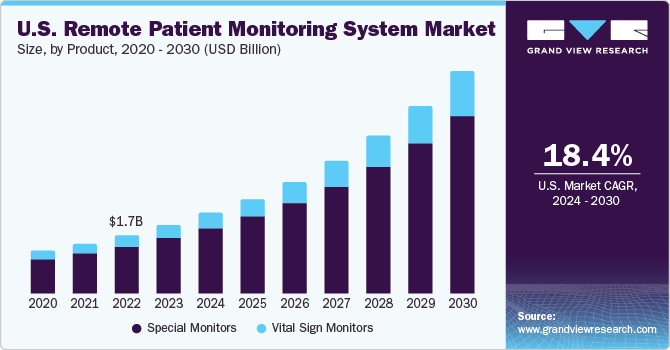

The RPM market is poised to explode, with projections estimating it at USD 5.2 billion in 2023, growing at a remarkable CAGR of 18.6% through 2030 (report). By adopting RPM, organizations can lower hospital readmission rates and foster greater patient engagement—transforming care delivery into a continuous process that generates both loyalty and revenue.
3. EHR Integration: Unifying Patient Data for Superior Care
Gone are the days of fragmented medical records! EHR integration is transforming data management, enabling seamless information exchange across healthcare systems. This cohesion enhances care coordination, reduces redundancies, and ultimately leads to improved patient outcomes.


With the EHR market which was projected to soar to USD 32.23 billion in 2023, growing at a CAGR of 4.43% through 2030 (report), organizations can leverage EHR systems to offer additional analytics and billing services, creating diverse revenue streams. The era of connected healthcare systems is upon us, and EHR integration is at the forefront of this transformative wave.
4. Mobile Health Apps: Empowering Patients with Technology
Mobile health applications are revolutionizing patient engagement by putting health management tools right in users’ hands. From medication reminders to health tracking, these apps empower individuals to take charge of their wellness like never before.
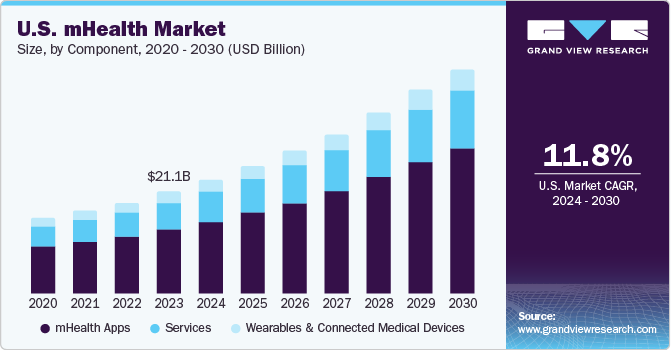

The mHealth market was estimated to reach USD 62.7 billion in 2023, with a projected CAGR of 14.1% through 2030 (report). By incorporating subscription services or in-app purchases, organizations can tap into a lucrative revenue model while enhancing patient interaction and outcomes in an increasingly connected healthcare environment.
5. Health Information Exchanges: The Key to Seamless Data Sharing
In a healthcare landscape where information is critical, Health Information Exchanges (HIEs) are paving the way for secure data sharing among providers. This essential connectivity improves care coordination and minimizes unnecessary tests, ensuring that patients receive timely and efficient care.


The HIE market, which was valued at USD 2.02 billion in 2023, is expected to grow at a CAGR of 9.7% through 2030 (report). Organizations can monetize HIE services by charging membership fees or providing premium analytics, establishing a sustainable revenue model while enhancing care quality in connected healthcare systems.
6. Wearable Health Devices: Monitoring Health on the Go
Wearable health devices, such as smartwatches and fitness trackers, are not just fashionable; they’re transforming health monitoring. These devices collect vital data that can be shared with healthcare providers, fostering better engagement and adherence to treatment plans.
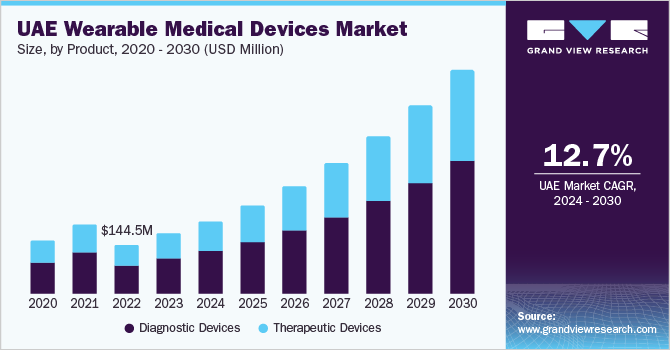

With the wearable medical devices market which was projected to reach USD 33.85 billion in 2023, growing at an impressive CAGR of 25.66% through 2030 (report), manufacturers have a unique opportunity. By offering subscription-based services for data analysis and personalized health recommendations, organizations can create recurring revenue streams while leading the charge in health technology innovation.
7. Digital Therapeutics: The Future of Evidence-Based Treatment
Step aside, traditional therapies! Digital therapeutics are making waves by delivering evidence-based interventions through innovative software solutions. These platforms complement conventional treatments, helping to manage and prevent a range of medical conditions effectively.


The digital therapeutics market is on the rise, which was estimated at USD 6.2 billion in 2023 and is projected to grow at an astonishing CAGR of 27.2% through 2030 (report). By providing subscription services or charging per therapeutic session, organizations can create sustainable revenue models while contributing to improved health outcomes—a true win-win for connected healthcare systems.
8. Artificial Intelligence: The Future of Healthcare Insights
Artificial Intelligence, or AI in healthcare is not just a buzzword; it’s a powerful force reshaping the healthcare landscape. From enhanced diagnostics to personalized treatment plans, AI analyzes vast datasets, facilitating better clinical decisions and improved patient outcomes.
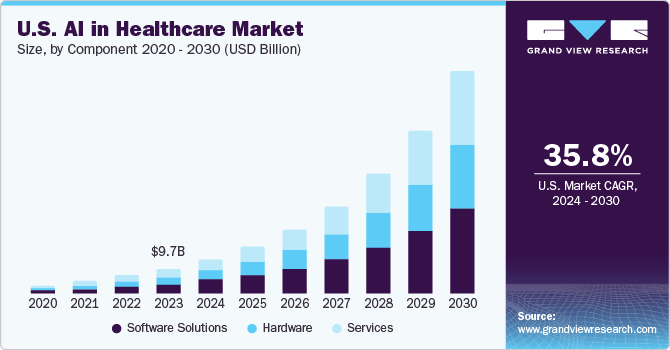

The AI in the healthcare market was anticipated to reach USD 19.27 billion in 2023, with a remarkable CAGR of 38.5% projected through 2030 (report). Organizations can capitalize on this growth by monetizing AI solutions through software licensing, strategic partnerships, or performance-based contracts that align financial incentives with patient care success. By integrating AI, healthcare providers can boost efficiency and precision, driving revenue while delivering exceptional care.
9. Value-Based Care: A Paradigm Shift in Healthcare Delivery
Say hello to a new era of care! Value-based care models emphasize patient outcomes over the quantity of services provided. This innovative approach encourages healthcare providers to enhance quality while managing costs effectively, ensuring a sustainable model that benefits everyone involved.
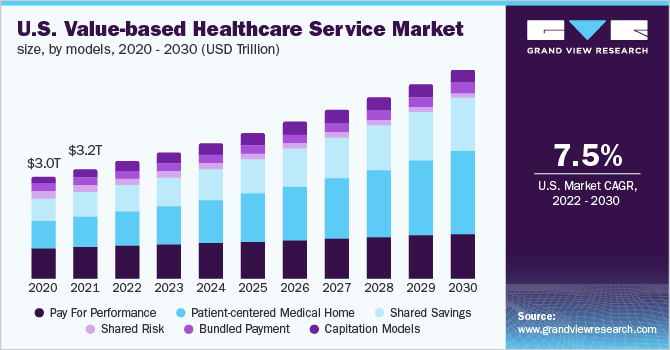

The U.S. value-based healthcare service market was valued at USD 3.22 trillion in 2021, with a projected CAGR of 7.5% through 2030 (report). Organizations embracing this model can reap the rewards of performance incentives tied to improved health outcomes, making it a compelling opportunity for revenue generation in connected healthcare systems.
10. Cloud-Based Solutions: The Future of Healthcare Data Management
Welcome to the new age of data management! Cloud-based healthcare solutions are revolutionizing how organizations store, manage, and analyze health data. By transitioning to cloud platforms, healthcare providers gain scalability, cost-effectiveness, and improved collaboration among teams. Click the link to find more details on cloud computing in healthcare.


The global healthcare cloud computing market was estimated at USD 19.6 billion in 2023, with a CAGR of 12.7% projected through 2030 (report). These solutions offer seamless access to patient data, fostering better decision-making and care coordination. Organizations can monetize cloud services through subscription models or usage-based pricing, while advanced analytics and reporting tools create additional value. As healthcare entities embrace digital transformation, investing in cloud technology presents an exciting opportunity for growth in connected healthcare systems.
Disclaimer: The statistics referenced in this article are sourced from Grand View Research. We extend our gratitude to the Grand View Research team for their valuable insights. Please note that these statistics are publicly accessible through Google search. This is not a promotional endorsement of the data or any organization; instead, our objective is to provide reliable references from a respected market research entity, thereby enhancing our analysis of market share.
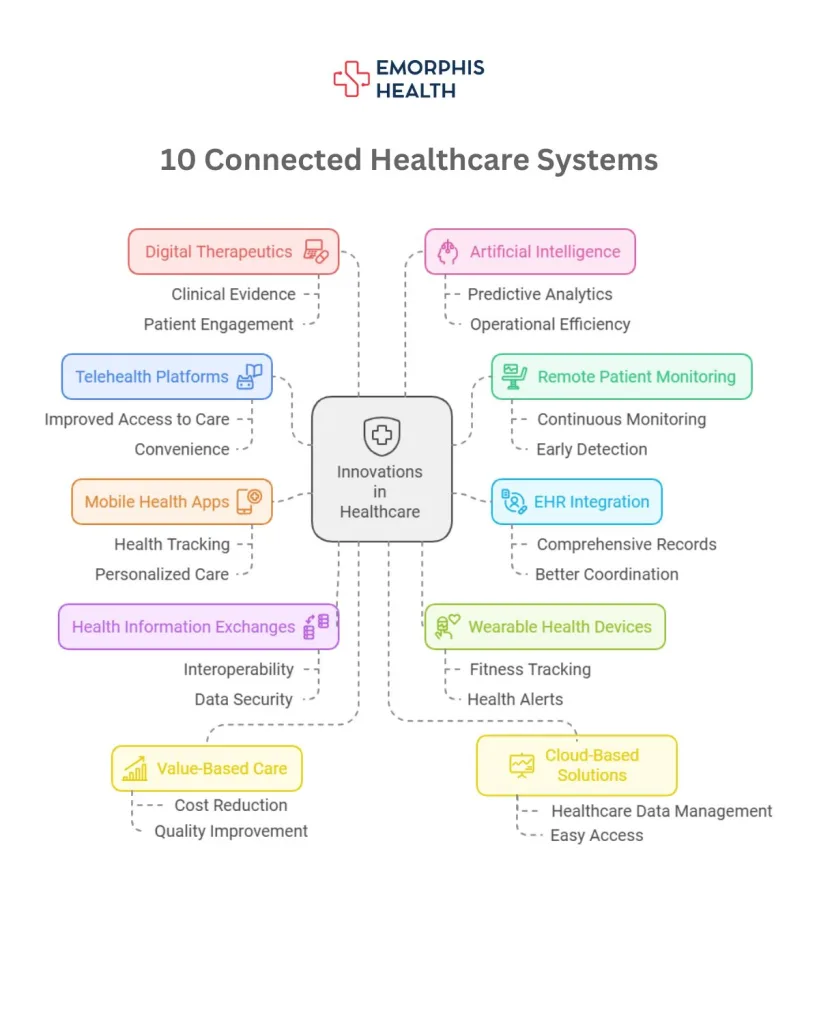

While the identified cash cows in connected healthcare present exciting opportunities for revenue growth, they also come with their own set of challenges. To fully capitalize on these promising avenues, it is essential to address the hurdles that organizations may encounter.
Let’s explore some of the key challenges in implementing connected healthcare systems and the effective solutions that can pave the way for sustainable success.
Key Challenges in Connected Healthcare Systems and Its Solutions


1. Data Privacy and Security Concerns
- Challenge: Protecting sensitive patient data is crucial due to increasing cyber threats and regulatory scrutiny.
- Solution: Implement robust cybersecurity measures such as encryption, secure access controls, and regular security audits. Train staff on best practices for data protection to cultivate a culture of security awareness.
2. Interoperability Issues
- Challenge: Different healthcare systems and devices often struggle to communicate effectively, resulting in fragmented patient information.
- Solution: Adopt standardized protocols and APIs to facilitate seamless data exchange. Collaborate with industry stakeholders to develop interoperable solutions that ensure comprehensive patient information is readily accessible.
3. Regulatory Compliance
- Challenge: Navigating the complex regulatory landscape can be daunting, requiring adherence to laws and guidelines like HIPAA and GDPR.
- Solution: Establish a compliance team that monitors regulatory changes and ensures systems align with current standards. Implement compliance management software to streamline tracking and reporting.
4. User Adoption and Engagement
- Challenge: Encouraging healthcare providers and patients to adopt new technologies can be difficult, especially if they are accustomed to traditional methods.
- Solution: Provide comprehensive training and support, emphasizing the benefits of connected healthcare systems. Incorporate user feedback into system design to enhance usability and meet stakeholder needs.
5. High Implementation Costs
- Challenge: The initial costs of implementing connected healthcare systems can be prohibitive for some organizations, particularly smaller practices.
- Solution: Consider phased implementation approaches that allow for gradual investment. Explore funding options, grants, or partnerships with technology providers to mitigate financial barriers.
Conclusion
In summary, the landscape of connected healthcare is ripe with opportunities for revenue generation, highlighted by systems such as telehealth platforms, remote patient monitoring, care management software, health analytics solutions, and cloud-based healthcare technologies. Each of these cash cows not only enhances patient care but also drives significant financial growth for organizations willing to invest in innovative healthcare solutions.
As the healthcare industry continues to evolve, innovators must stay ahead of the curve. Partnering with Emorphis Health can provide the expertise and technological support needed to navigate the complexities of connected healthcare. Together, we can harness the power of these cash-cow systems to transform healthcare delivery and achieve sustainable success. Embrace the future of healthcare innovation—let’s collaborate and make a meaningful impact together.

